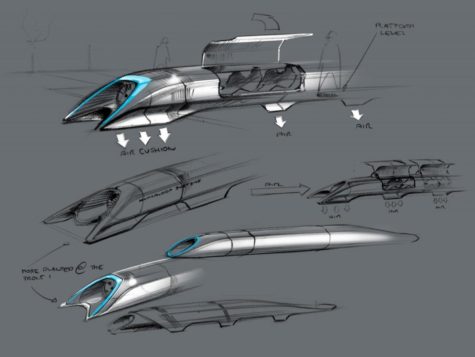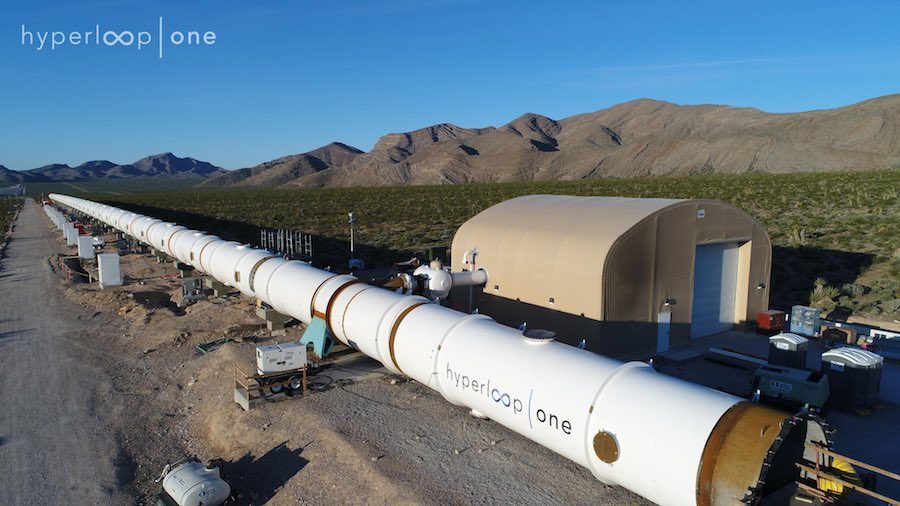The Hyperloop
March 8, 2018
Shaky, untested science? Check. Magnetic levitation? Check. Up to 700 miles per hour in a vacuum sealed tube? Check. This basic checklist just may be how a hyperloop was imagined. While it remains mostly untested, the idea promises to be a faster and more efficient mode of transportation over both short and long distances.
A hyperloop is supposed to be a superfast “train” capable of transporting passengers and cargo along a sealed track at speeds of up to a theoretical 700 mph. The idea is that electromagnets will levitate a car up off of the track so that there is no friction. The tube that the cars will be placed in should be pumped down to a near vacuum, eliminating most air resistance. Cars will be pressurized, but so far there is no way of knowing how well these ideas will work.


Elon Musk, founder of the companies SpaceX and Tesla, was the first person touse the word “Hyperloop” during a TV interview. Many of the ideas associated with the high speed rail system are his own, but he was not the first person to think of such a thing. In fact, the idea has been around since 1799. Inventor George Medhurst had the idea that there was a way to move cargo around using pressurized tubes. He expanded this idea and in 1844 built his first railway station able to accept passengers. The trains there were propelled by pneumatics. Following this, tracks were built in Dublin, London, and Paris for the transportation of packages and even people. Over the years, the design was modified and changed. The idea of transportation through a pressurized tube was modified and altered, like in the case of New York City subway prototypes, or changed all together. Transport like this has mostly gone away, but still exists in the form of mail delivery for banks skyscrapers. They use the same pressurized tube idea to carry messages from the mailroom to higher floors.


No longer powered by pneumatics, high speed trains may be making a comeback. Elon Musk has realized that he simply does not have time to further its development, so the idea has been given up to many smaller startup companies. The largest of these is Hyperloop One, a company based in Nevada that has now successfully tested their prototype “pod” for transport. The shuttle reached nearly 200mph on their closed test track before it was able to be stopped without difficulty. This was a promising development in hyperloop travel, and could possibly be the start of a new mode of travel.

Hyperloop One isn’t the only company looking to become a power in this new field of transportation. Many other companies are constantly testing their own designs. Though they are not developing it directly, SpaceX holds a competition for students from around the globe to submit their designs for a hyperloop where the best designs could be taken in for development.

